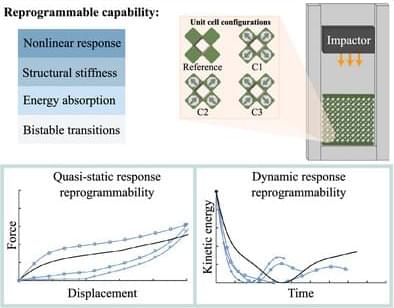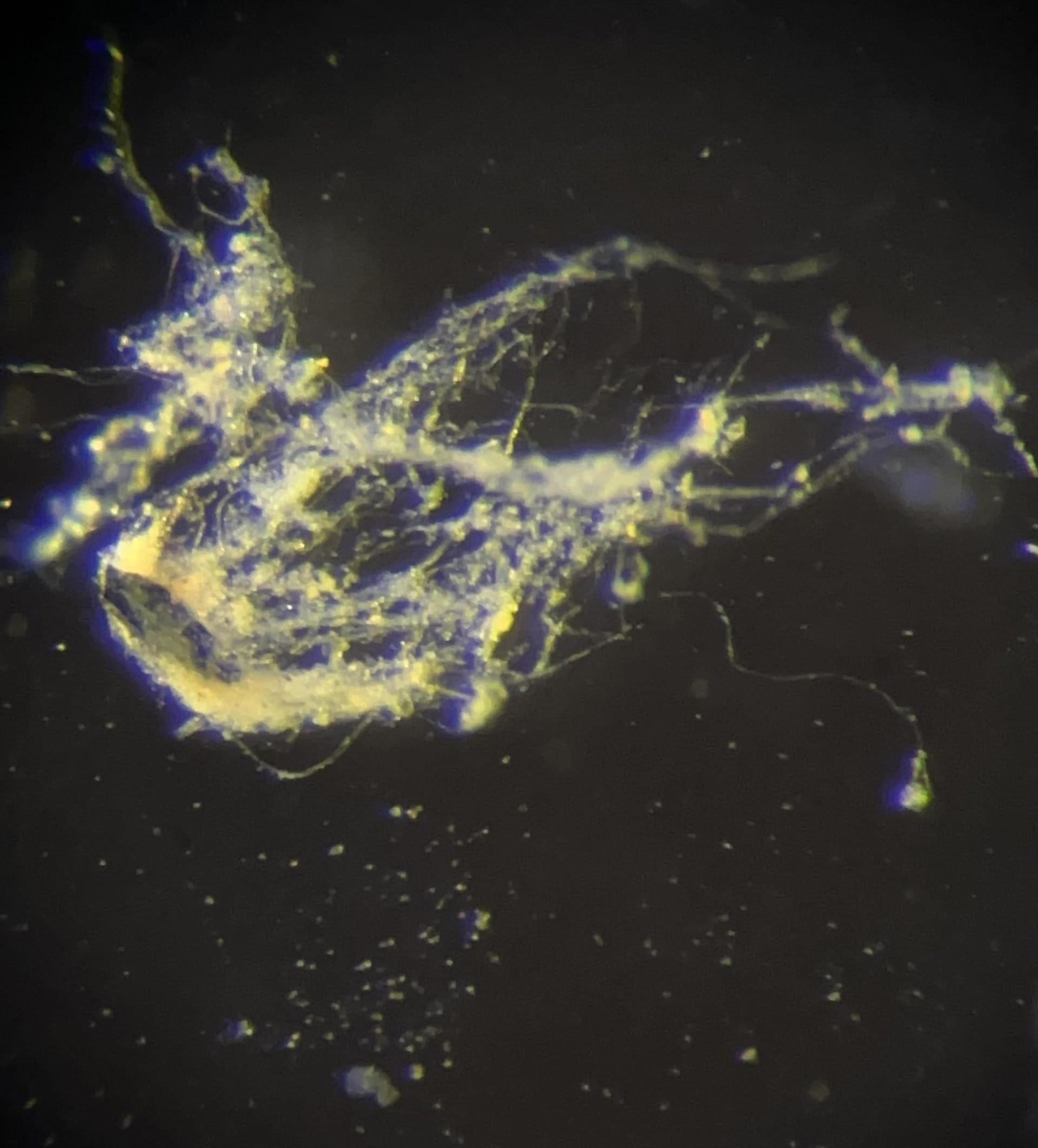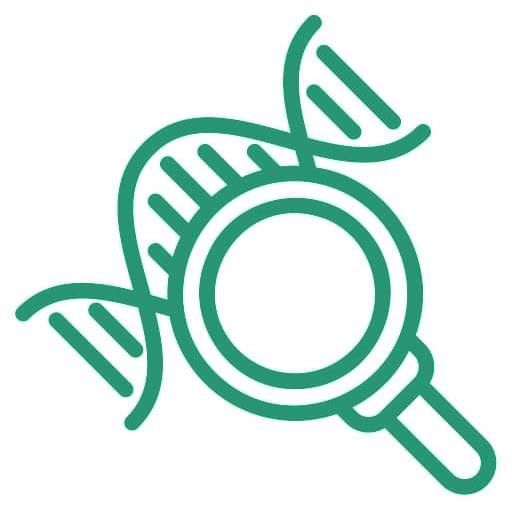The combination of flexible matrices with embedded hard-magnetic nodes enables metastructures with reprogrammable mechanical properties, even in the absence of external magnetic fields. The evolving…





Revolutionary AI-driven 3D heart scans cut the need for invasive tests and have already saved millions of pounds, according to new analysis. Now rolled out across 56 NHS hospitals in England, the clever tech enables doctors to diagnose and treat patients with suspected heart disease much faster by turning a CT scan of their heart […]
Nvidia and ServiceNow have created an AI model that can help companies create learning AI agents to automate corporate workloads.
The open-source Apriel model, available generally in the second quarter on HuggingFace, will help create AI agents that can make decisions around IT, human resources and customer-service functions.
“If you look at the foundation models, they’re very big, very slow,” Dorit Zilbershot, ServiceNow’s group vice president of AI experiences and innovation, said in an interview. “This is only a 15-billion-parameters model, it’s highly trained on reasoning. We expect the reasoning to be very, very important.

This AI superintelligence can help replace the need for tons of research hurdles such as time constraints finding items of knowledge to make what would take weeks or years into seconds of time.
Science is bottlenecked by data. The 38 million papers on PubMed, 500,000+ clinical trials, and thousands of specialized tools have created an information bottleneck that even the most brilliant scientists can’t navigate. At FutureHouse, our mission is to solve this problem by building an AI Scientist. Today, we are taking a significant step forward by releasing the first publicly available superintelligent scientific agents accessible to researchers everywhere, with benchmarked superhuman literature search & synthesis capabilities.
Crow is a general-purpose agent that can search the literature and provide concise, scholarly answers to questions, and is perfect for use via API.
Falcon is specialized for deep literature reviews. It can search and synthesize more scientific literature than any other agent we are aware of, and also has access to several specialized scientific databases, like OpenTargets.
https://search.app/?link=https://www.youtube.com/watch?v=vYG…cover/m5/4
New physics theory claims spacetime dissolves and particles get super small.


University of North Carolina-led researchers have used brain connectivity charts built from functional MRI data as a tool for tracking early childhood brain development.
Charts mapped the maturation of brain networks from birth to age six and identified key transitions in how regions of the brain interact. Deviations from these developmental patterns were significantly associated with differences in early cognitive ability, involving primary, default, control, and attention networks.
Early childhood marks a critical period in brain growth, during which neural networks undergo rapid, variable changes that shape cognitive development. While physical growth charts are well-established tools for monitoring parameters such as height and weight, comparable standards for assessing the development of brain function, with timing that differs across children, remain elusive.